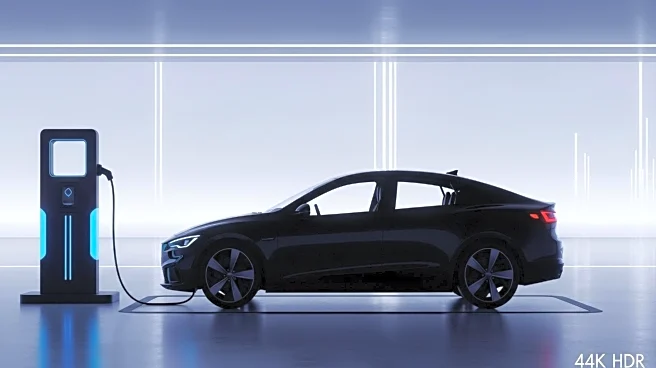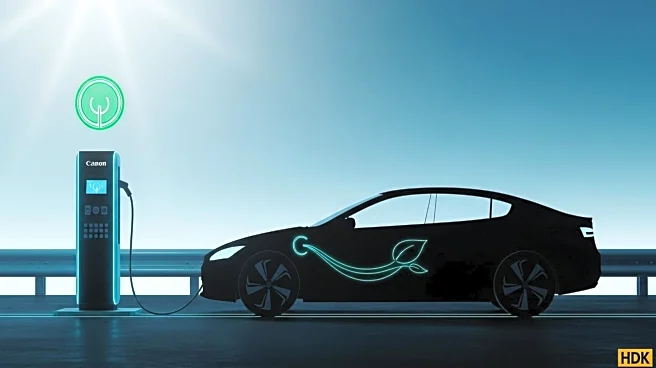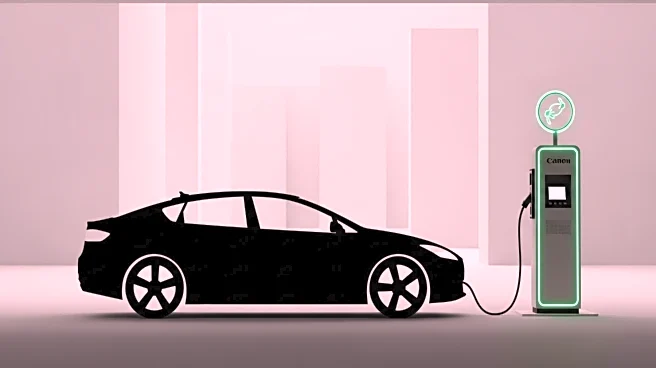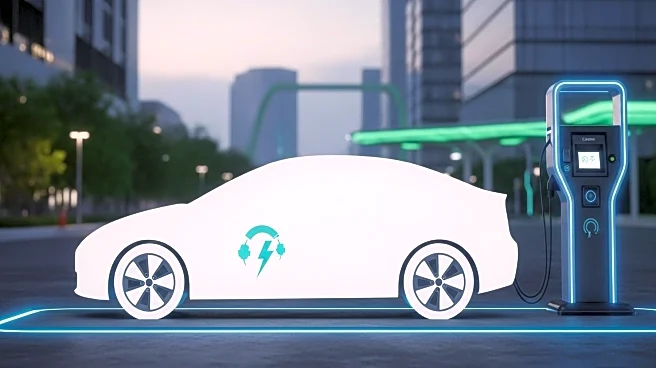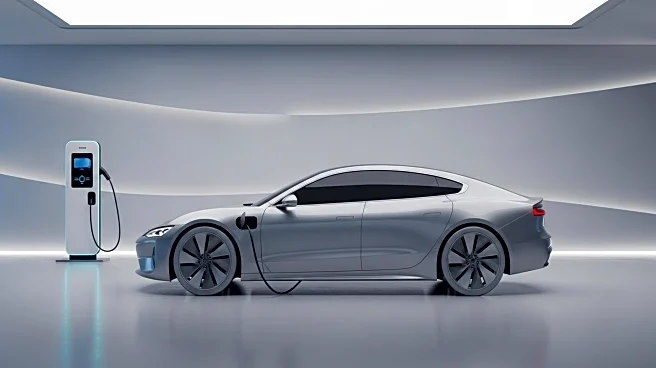What's Happening?
Tesla has introduced new 'Standard' versions of its Model Y and Model 3 vehicles, priced at $39,990 and $36,990 respectively. This move comes after a year marked by declining sales, which were exacerbated by the elimination of the U.S. federal electric vehicle tax credit. The new models are aimed at reviving sales by offering more affordable options to consumers who may have been deterred by higher prices following the tax credit removal. Tesla's decision to launch these variants reflects its strategy to maintain competitiveness in the electric vehicle market amid changing economic incentives.
Why It's Important?
The introduction of lower-cost models by Tesla is significant as it addresses the gap left by the removal of federal tax credits for electric vehicles. This change had previously made Tesla's offerings less accessible to a broader consumer base. By reducing the price point, Tesla aims to attract more buyers, potentially increasing its market share in the EV sector. This move could also influence other automakers to reconsider their pricing strategies in response to shifting consumer demand and regulatory changes. The broader impact on the EV industry could include increased competition and innovation as companies strive to offer affordable yet technologically advanced vehicles.
What's Next?
Tesla's launch of these lower-cost models may prompt reactions from competitors and stakeholders in the automotive industry. Other electric vehicle manufacturers might follow suit by introducing more budget-friendly options to capture a larger segment of the market. Additionally, consumer response to these new models will be crucial in determining their success. If sales improve, Tesla could further expand its lineup with additional affordable variants. The company may also continue to innovate in battery technology and production efficiency to maintain its leadership in the EV market.
Beyond the Headlines
The decision to introduce lower-cost models highlights the ongoing challenges faced by the EV industry in balancing affordability with technological advancement. As tax incentives fluctuate, manufacturers must adapt their strategies to sustain growth. This development also underscores the importance of government policies in shaping market dynamics and consumer behavior. Long-term, Tesla's approach could influence the industry's trajectory towards more sustainable and accessible transportation solutions.



